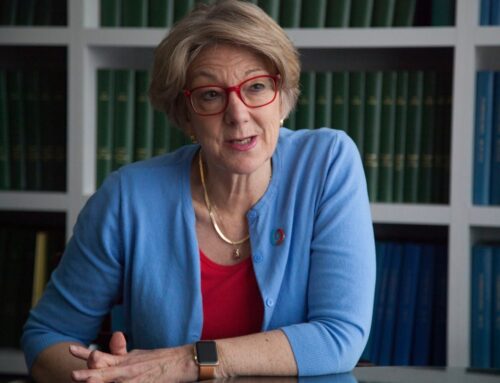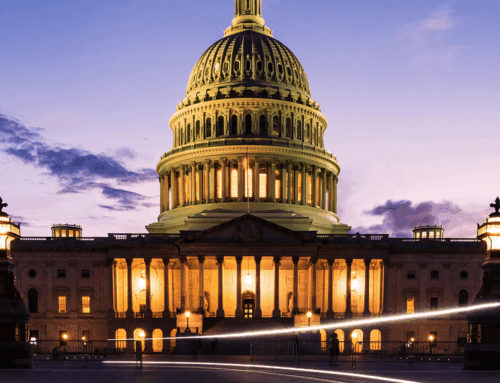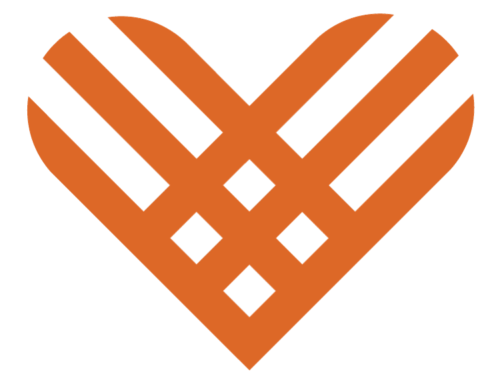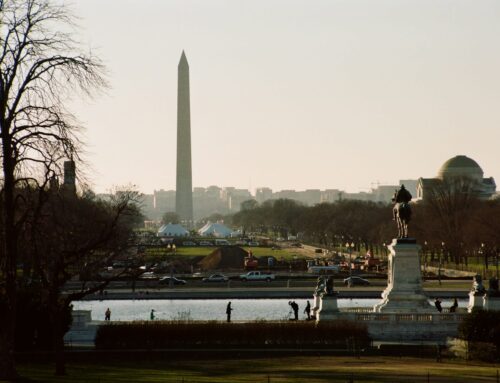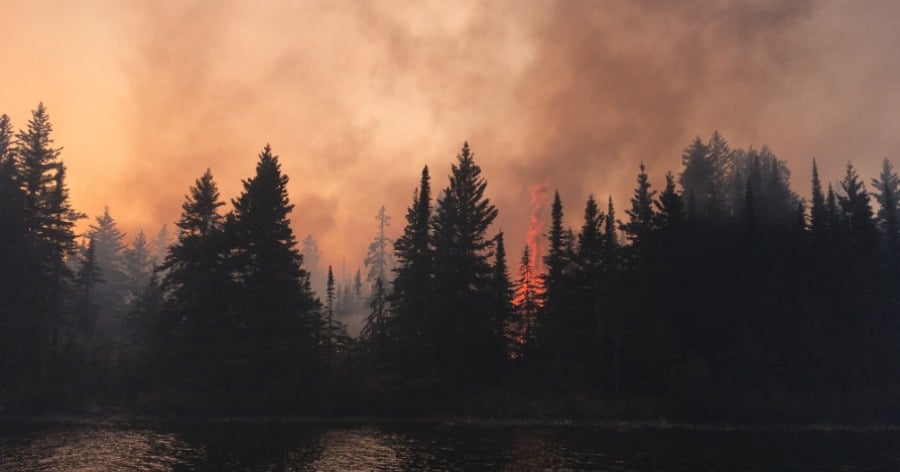Last month’s fires in southern California were nothing less than catastrophic. As we watched American homes literally turn to ashes on CNN, we were left with a sense of national self-doubt about whether these types of horrific disasters can be prevented in the future.
For decades, local governments have allowed development in fire prone areas. This “tinderbox development” occurs along the blurry line where urban and suburban meets rural and wilderness. A Colorado State University study estimates that in 2000, 12.5 million housing units stood in this area, a 52% increase in development since 1970. More than two-thirds of this area is a high historical fire risk. A University of Wisconsin analysis estimates that had the fires that affected California this year occurred in the same area in 1980, only 61,000 homes would have been at risk, rather than the 125,000 that were in danger this year.
Worse yet, this year’s fires may only be a canary in the coal mine. According to the Insurance Information Institute , “more than half of California’s 12.5 million homes face wildfire dangers that pose a financial loss potential well in excess of $100 billion.”
In 2003, fires swept through much of the same area of southern California and resulted in $2.3 billion in losses. While some lessons were learned – the need for slightly stricter building codes, for example – the idea of discouraging or forbidding development in high-risk areas hasn’t entered the lexicon. The San Diego Union Tribune recently reported on one couple who fireproofed their rebuilt home after the 2003 fires. The new house, surrounded by the Cleveland National Forest, was again destroyed by the 2007 fires. There are some areas that are just not suited to development. States and communities have to make tough choices about where the risk to life and property is too great and too costly to allow future construction.
Here’s where the federal government can help. Disaster aid and firefighting assistance must come with incentives for communities to make the hard choices they have been avoiding until now. Disaster payments cannot be blank checks that simply allow redevelopment in the same places and the same way as before. Instead, communities must develop fire plans and other methods to reduce the risk and avoid development in fire-prone locations. Failure to do so will result in less federal help the next time a problem occurs.
In addition, communities should be responsible for a larger share of the costs of firefighting, especially in high-risk areas, which would provide a tangible dollar and cents incentive for them to reduce their fire risk.
Disaster avoidance isn’t just about southern California and wildfires. Wildfires happen across the west and the rest of the nation. In addition to fires, there are frequently flooded areas in the heartland and hurricanes along the coastlines. Governments should not be in the business of insulating individuals and communities from losses that occur as a result of poor decision making. Local communities should be responsible for the local decisions that lead to catastrophic loss.
The troubling part is that when state or local officials don’t do their job, Uncle Sam has to write a larger check than is prudent or otherwise necessary. Whether it is fire or flood, individuals and communities must accept, understand, and plan better for these potential risks. Paying a greater share of the tab and giving incentives to make better decisions will go a long way toward accomplishing that.
For more information, contact Steve Ellis at (202)-546-8500 ext. 126 or steve@taxpayer.net


